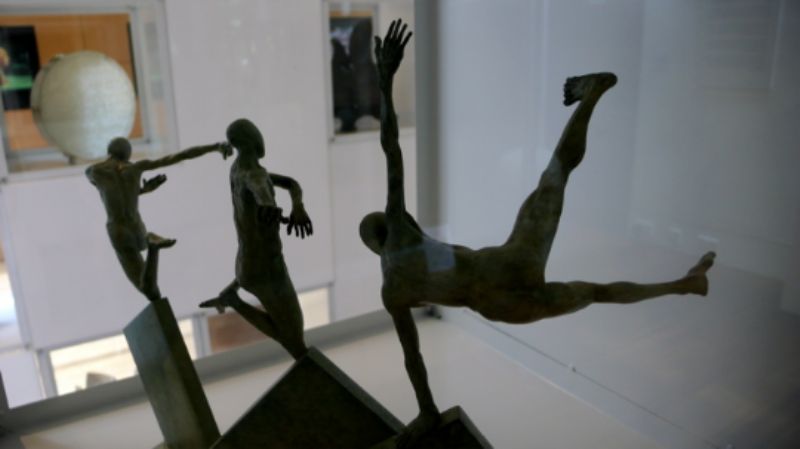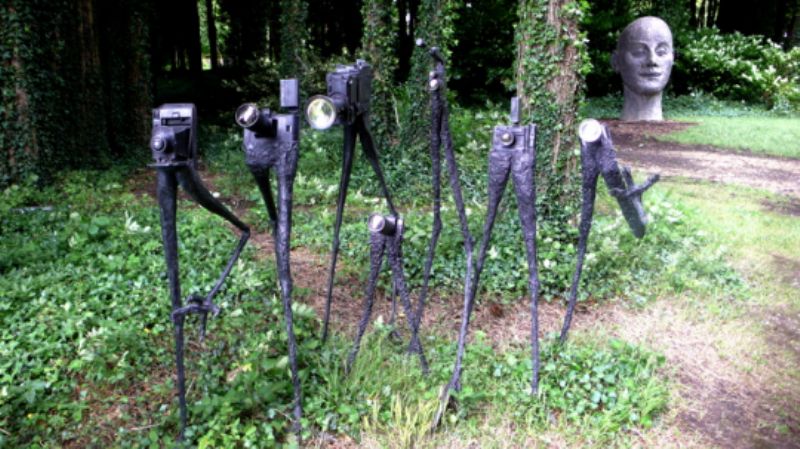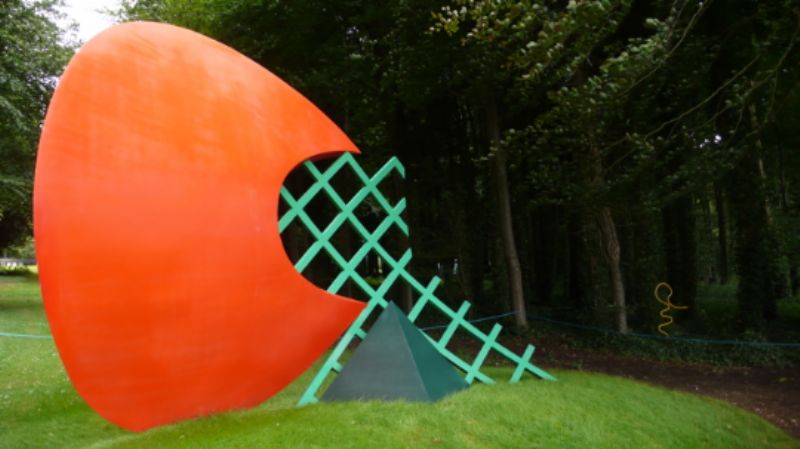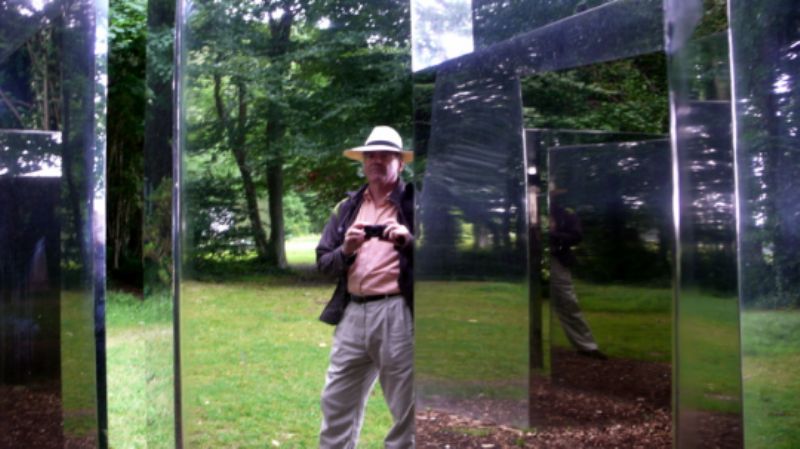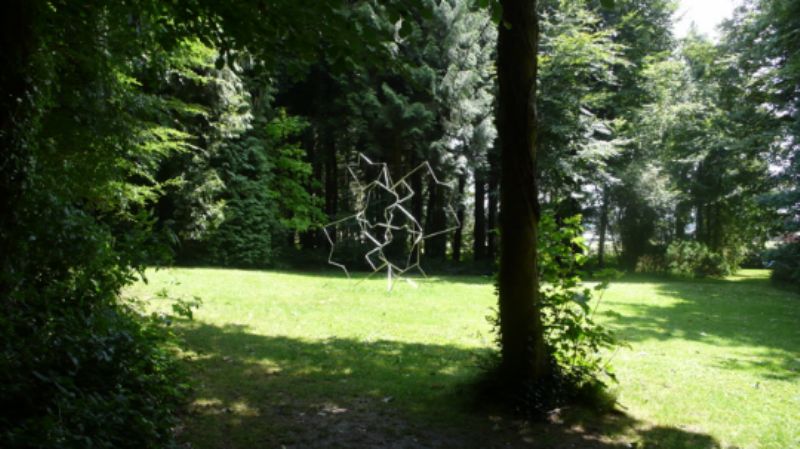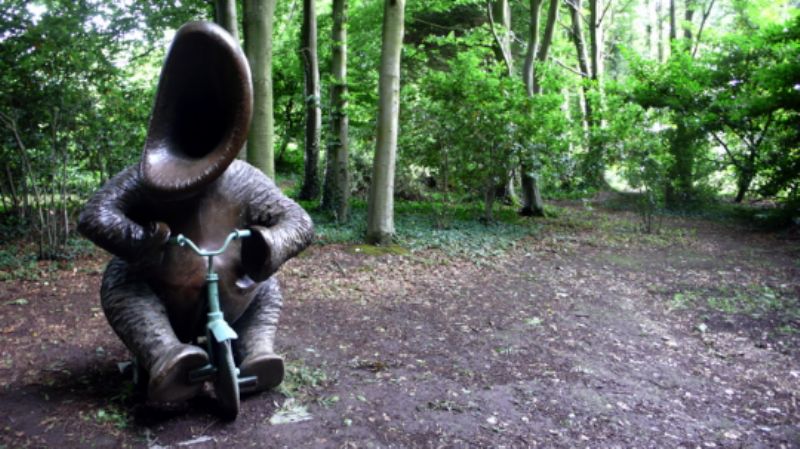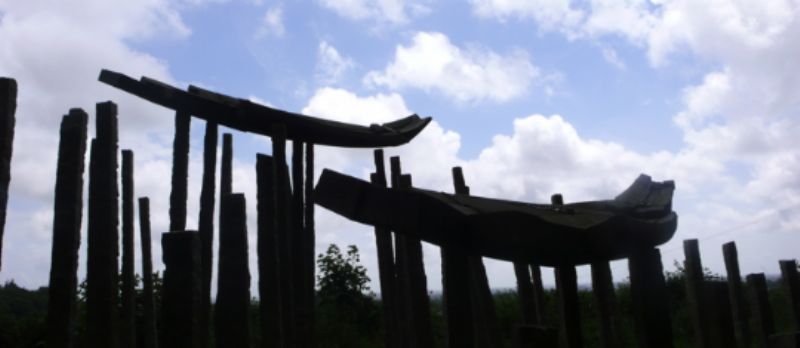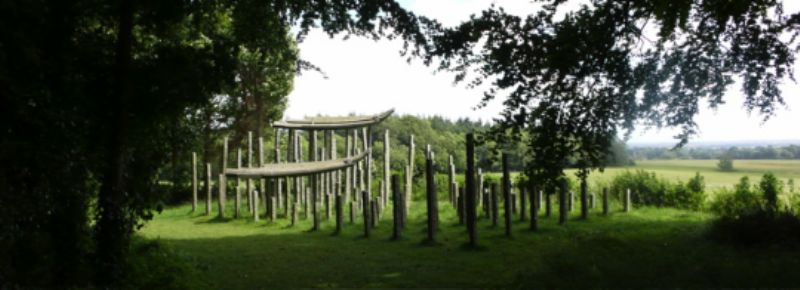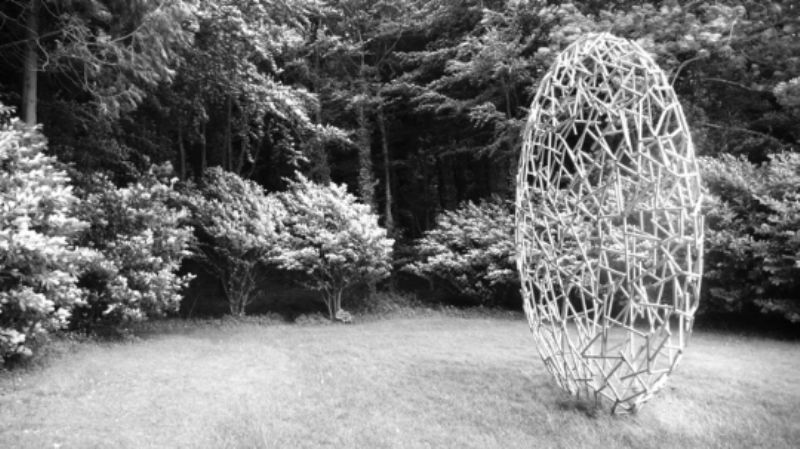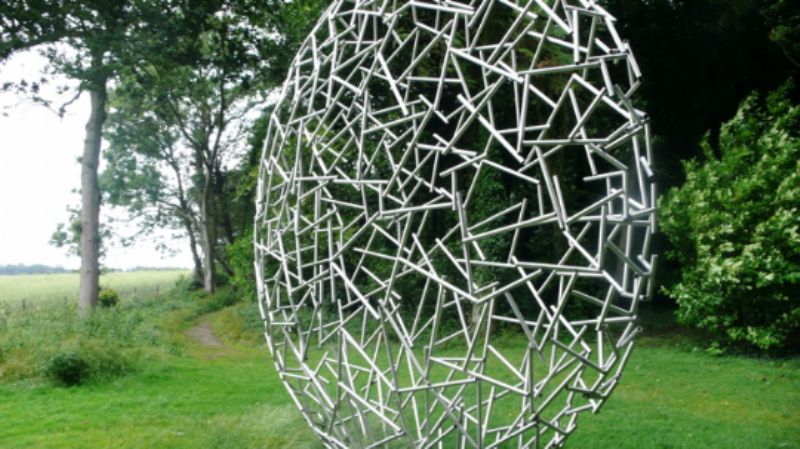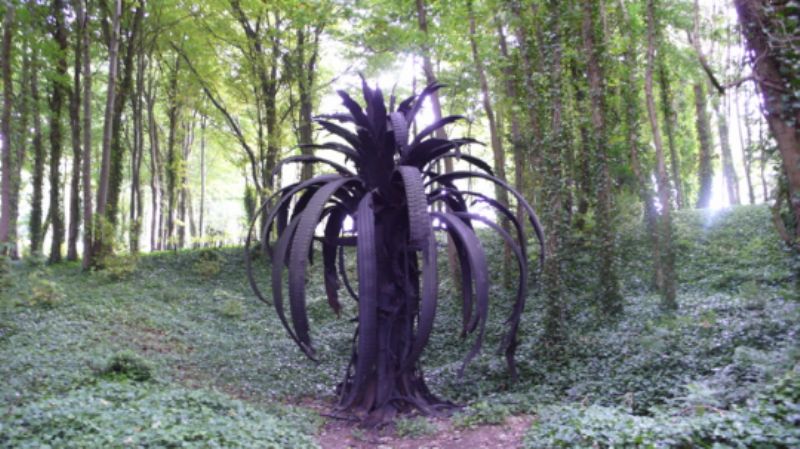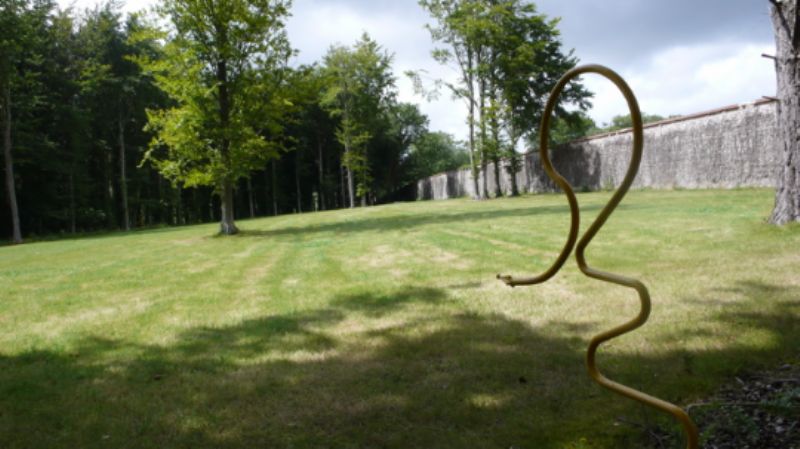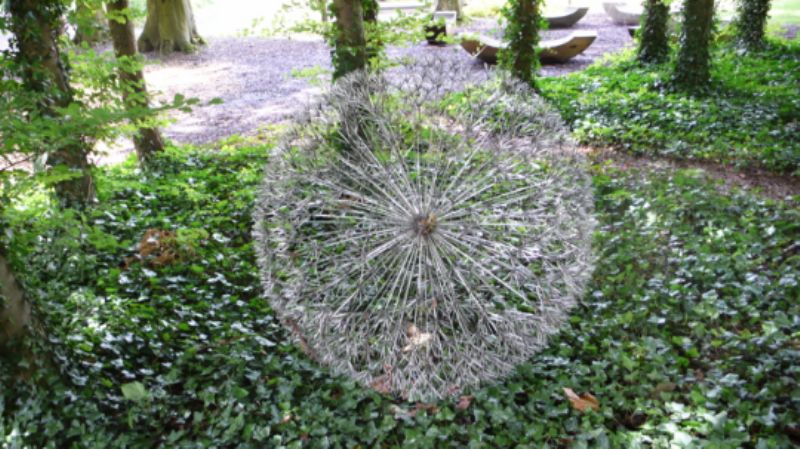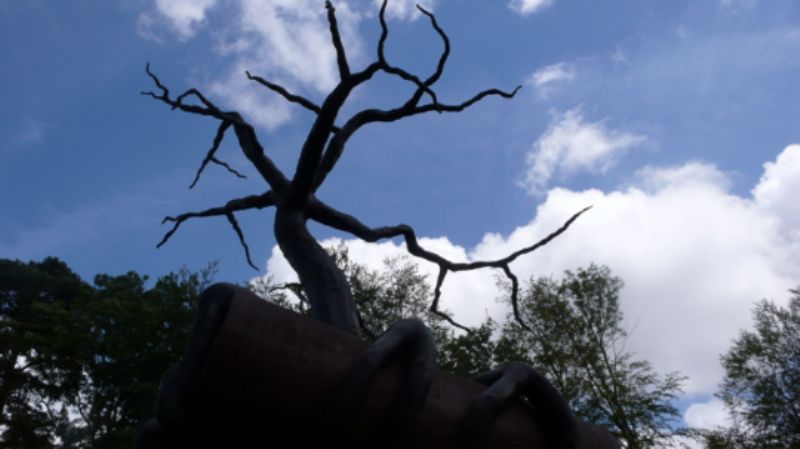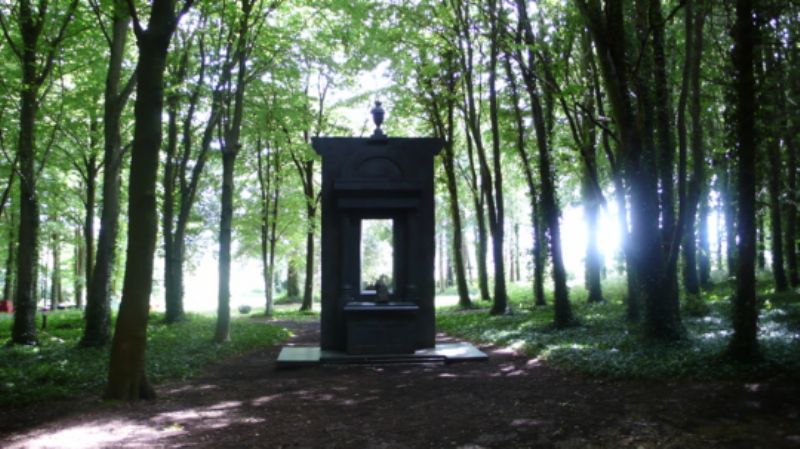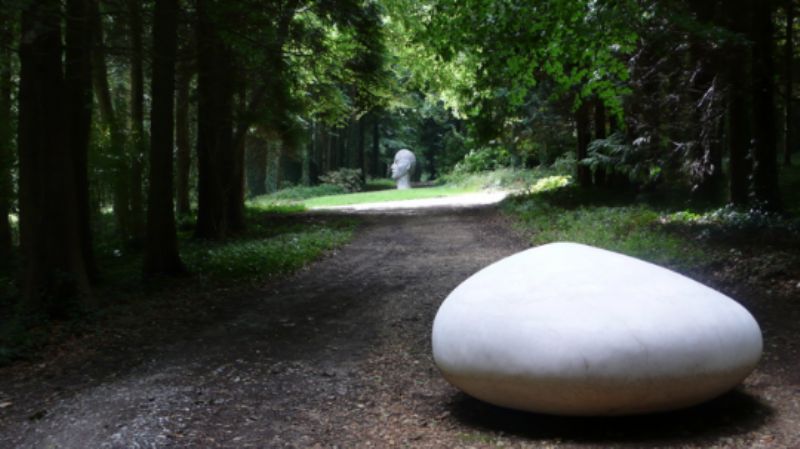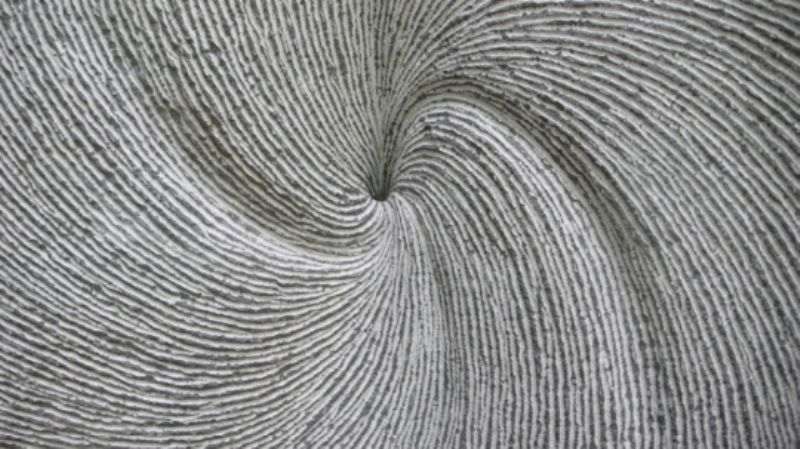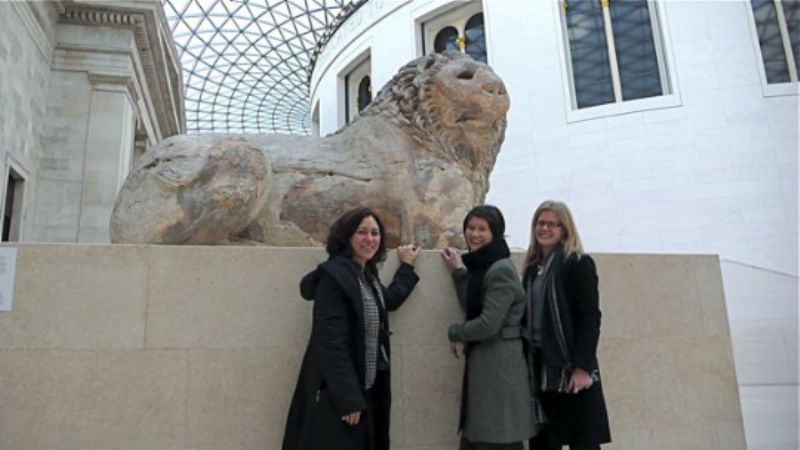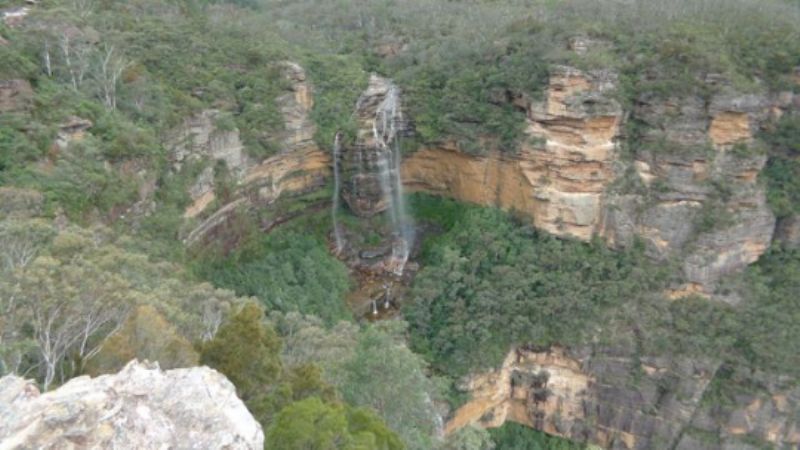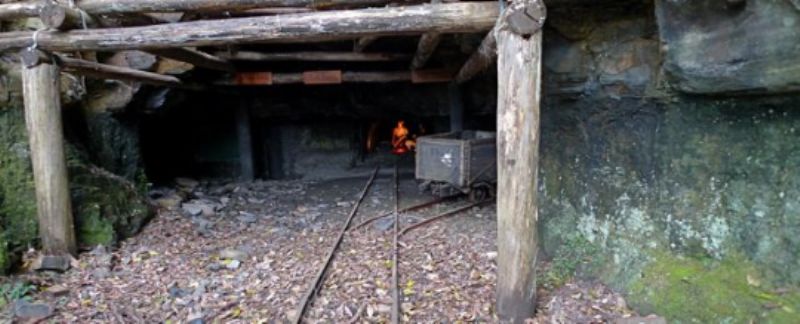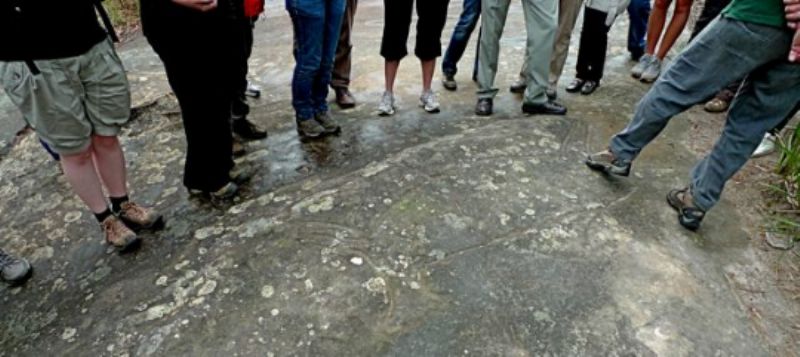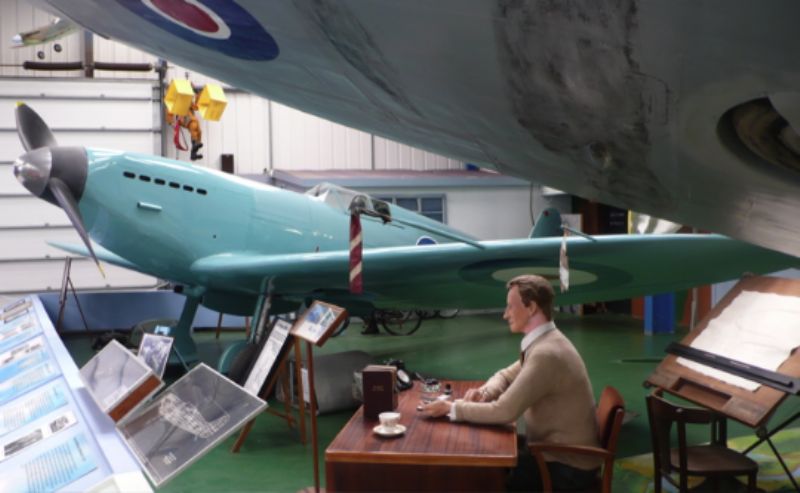 R.J. Mitchell and Supermarine Prototype K5054
R.J. Mitchell and Supermarine Prototype K5054 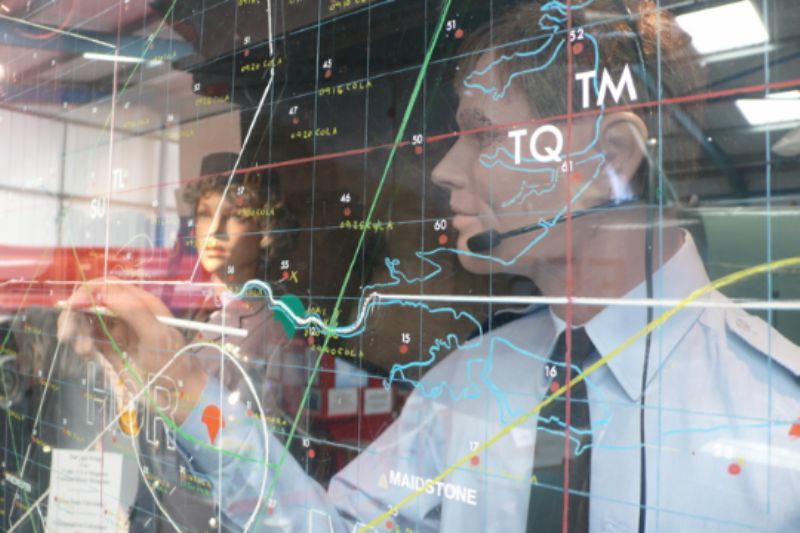 Aircraft plotting
Aircraft plotting
After Goodwood, we continued south to the old RAF airfield at Tangmere, where we visited the Military Aviation Museum. I have always loved the name, whose origin is uncertain. ‘Mere’ implies a pool rather than a grand lake, according to Wikipedia, and ‘tang’ is thought to be of Norse origin meaning ‘tongs’. It could be that Tangmere was the pool at the fork, or junction of two ancient paths. The pool was later filled in to form a small village green. When I mentioned that Tim was shot down nearby (West Wittering) on 16 August 1940, the team at the Museum couldn’t have been more helpful, fishing out the records for us. They also noted that Tangmere – which is where Tim was based during the Battle of Britain – was bombed on the same day.
But the highlight for me, without question, was seeing the duck-egg blue prototype (K5054) of the Spitfire, with a mock-up of R.J. Mitchell‘s studio in front of it. Was thinking only a few days back of two things: firstly, the role of prototypes in advancing our thinking and economies, the subject of a paper I’m planning to work on with Alejandro Litovsky; and, secondly, Mitchell himself as a possible candidate for a scheme I have to hang a series of protraits of ‘unreasonable people’ through history on the walls at Volans’ new Bloomsbury Place offices. Quite extraordinary to walk in and find and K5054.
Tangmere was also a way-station for the Special Operations Executive. And there on the walls of one of the galleries was a photograph of one of my childhood heriones, Violette Szabo. She was only 23 when executed in 1945. Her last mission didn’t leave from Tangmere, apparently, but from Harrington, near Northampton. Knew of her via Carve Her Name With Pride, starring one of my favourite actresses, Virginia McKenna.


